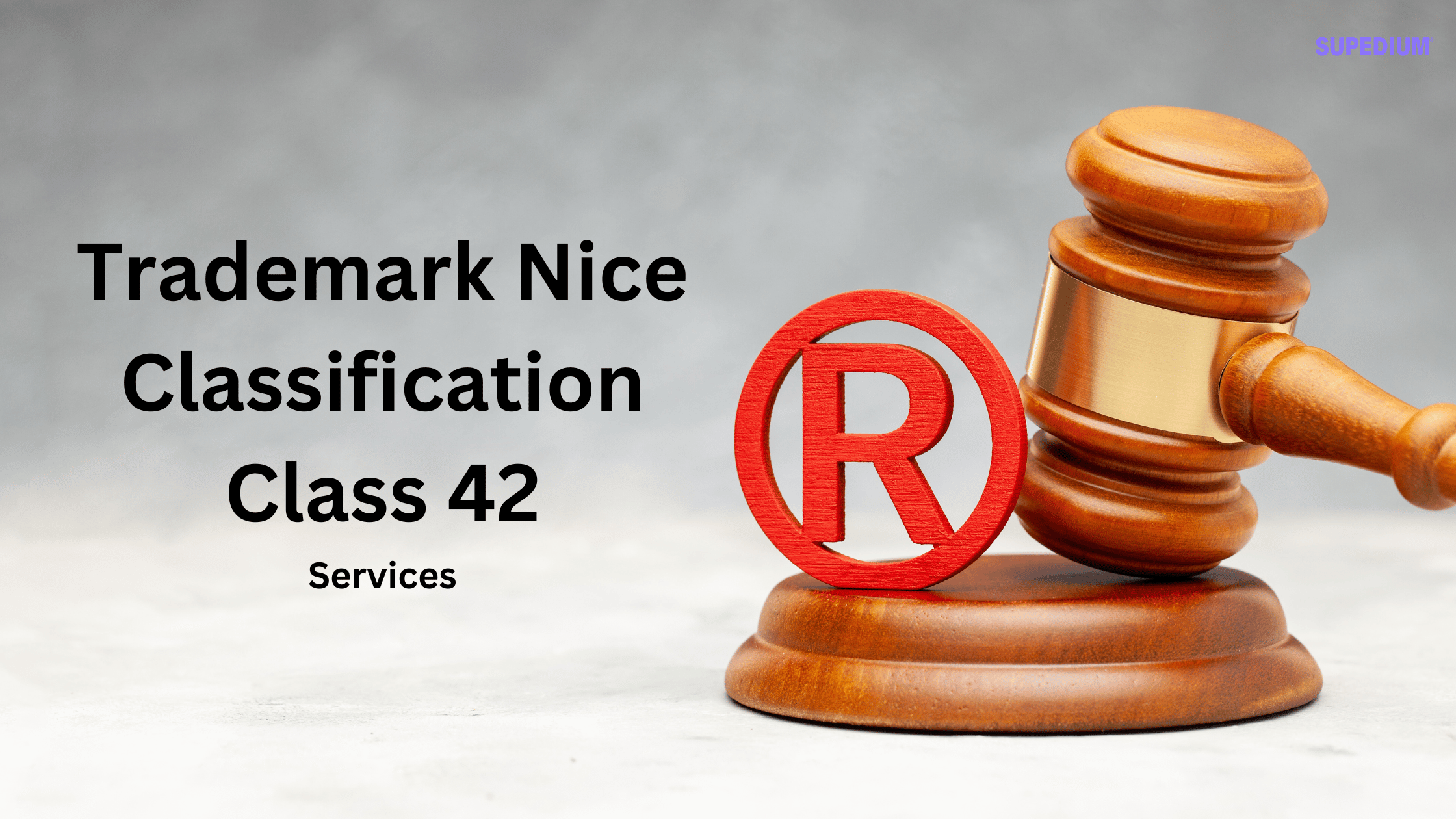Table of Contents
![]()
An anti-roll bar (roll bar, anti-sway bar, sway bar, stabilizer bar) is a part of many car suspensions which helps to reduce a vehicle’s body roll during quick cornering or over road irregularities. It connects opposite (left/right) wheels through short lever arms connected by a torsion spring. A sway bar enhances the rolling rigidity of the suspension — its rolling resistance in turns, independent of its vertical direction spring rate. On April 22, 1919, Canadian inventor Stephen Coleman of Fredericton, New Brunswick was awarded the first Stabilizer bar patent.
Because of the generally much stiffer suspension and body roll acceptance, anti-roll bars were unusual on pre-war cars. However, production cars were more commonly fitted with anti-roll bars from the 1950s onwards, particularly those vehicles with softer coil spring suspension.
Purpose and operation
An anti-swing or anti-roll bar is meant to force each side of the vehicle to lower or rise to similar heights to reduce the vehicle’s lateral tilting (roll) on curves, sharp corners, or large bumps. With the bar removed, the wheels of a vehicle can tilt off at much greater distances (as shown by the image of the SUV at the right). Although the design has many variations, a common function is to force the shock absorber, spring or suspension rod of the opposite wheel to lower or raise to a level similar to that of the other wheel.
A vehicle tends to drop more closely on the outer wheels in a quick turn, and the sway bar soon forces the opposite wheel to get closer to the vehicle as well. As a result, in a fast turn, where all wheels are closer to the body, the vehicle tends to “hug” the road more. The downward pressure is then reduced after the quick turn, and the paired wheels can return to their normal height against the vehicle, kept by the linking sway bar at similar levels. Since each pair of wheels is cross-connected by a bar, the combined operation generally causes all wheels to offset the other’s separate tilting, and the vehicle tends to remain level against the terrain ‘s general slope.

Working Principles
Usually, a sway bar is a torsional spring resisting body roll motions. It is usually built out of a cylindrical steel bar, formed in a “U” shape that connects to the body at two points, and on the suspension’s left and right sides. The bar rotates about its mounting points when the left and right wheels move together. When the wheels move relative to each other, the bar undergoes torsion and is forced to twist. Using a flexible joint each end of the bar is connected to an end link. The sway bar end link, in turn, connects to a spot near a wheel or axle, transferring forces to the opposite side from a heavily loaded axle.
Thus forces are transferred:
- From heavily loaded axle
- To the end link connected via a bushing
- Using a flexible joint to the anti-sway (torsion) bar
- To the end link connected on the opposite side of the vehicle
- To the rear axle
Through its rigidity, the bar resists the torsion. The rigidity of an anti-roll bar is proportional to the material’s rigidity, the fourth power of its radius, and the reverse of the length of the lever arms (i.e., the shorter the lever arm, the steeper the bar). Stiffness is also associated with the geometry of the mounting points and the stiffness of the mounting points at the bar. The tighter the bar, the greater the force needed to move the left and right wheels relative to each other. This increases the force needed to make the body roll.
The sprung mass of the body of the vehicle produces a lateral force at the centre of gravity (CG) in turn, proportional to the lateral acceleration. Because the CG is usually not on the roll axis, a moment about the roll axis is created by the lateral force which tends to roll the body. (The axis of the roll is a line which joins the front and rear roll centres). The moment the pair of rolls is called.
Roll pair is resisted by the stiffness of the suspension roll, which is a function, if any, of the spring rate of the vehicle springs and the anti-roll bars. The use of anti-roll bars allows designers to reduce the roll without making the springs of the suspension stiffer in the vertical plane, allowing for improved body control with less compromise on the quality of the ride.
For typical suspension geometry, one effect of the body (frame) lean is the positive camber of the wheels on the outside of the turn, and negative on the inside, reducing their cornering grip (especially with cross-ply tyres).
The Main Functions
Two main functions include anti-roll bars. The first function is that of reducing lean body. Reducing body lean is a function of the vehicle’s total roll stiffness. Increasing a vehicle’s total roll stiffness does not alter the steady-state total load (weight) transfer from the inner wheels to the outer wheels, it only reduces body lean. The total lateral charge transfer is determined by the height of the CG and the width of the track.
Another anti-roll bar function is to fine-tune a car’s handling balance. Understeer or oversteer behaviour can be adjusted by changing the proportion of total front and rear axle roll stiffness. Increasing the proportion of front roll stiffness increases the ratio of the total load transfer to which the front axle reacts — and decreases the ratio to which the rear axle reacts. This generally causes the outer front wheel to run at a relatively higher slip angle, and the outer rear wheel to run at a comparatively lower slip angle, which is an understeer effect. Increasing the roll stiffness ratio at the rear axle has the opposite effect and reduces understeer.
The Drawbacks
The bar transmits the force of a bump on one wheel to the opposite wheel because an anti-roll bar connects wheels on opposite sides of the vehicle. Anti-roll bars can produce jarring, side-to-side body motions (a sensation of “waddling”) on rough or broken pavement, which increases in severity with the diameter and rigidity of the sway bars. Other techniques of suspension can delay or dampen that connecting bar effect.
Excessive roll stiffness, typically achieved through too aggressive configuration of an anti-roll bar, can cause the inner wheels to lift off the ground during hard cornering. This can be used to advantage: Many production cars for front-wheel-drive lift a rear wheel when hard cornering to overload the opposite wheel, limiting understeer.
About Adjustable Bars
Some anti-roll bars, especially those intended for use in auto racing, can be adjusted externally while the car is in the pit, while some systems can be adjusted in real time by the driver from the inside of the car, including in Super GT. This allows the stiffness to be changed, for example by increasing or reducing the length of the lever arms on some systems or by rotating a flat lever arm from a stiffness. This allows a mechanical tuning of the roll rigidity for different situations without replacing the whole bar.

About Semi Active Anti-Roll Bars
Diverse methods of anti-roll bar decoupling have been proposed. The 1988 Mitsubishi Mirage Cyborg was the first production automobile to use an active anti-roll bar. Equipped with the 16-v turbo model, the “Dual Mode Suspension” has an active front anti-roll bar which has a hydraulic actuator built into the anti-roll bar link. The actuator can be operated with a dashboard switch which changes the effectiveness of the anti-roll bar between the sport mode and the touring model. Also on some models, the 2018 Jeep Wrangler has a switchable decoupler to increase the wheel articulation for off-road work.
Share This%20and%20How%20Does%20It%20Works%20.png)





2 Comments
really liked the article that you published actually. it really is not that easy to discover good text toactually read (you know READ and not simply going through it like some zombie before moving on), so cheers mate for not wasting any of my time!
Blog followers, students, colleagues, friends, and even glider pilots are most welcome.
In fact, your blog is at the center of all of your content marketing efforts.
Kurt was very impressed with our rescue ranch, and he loved our trailer-especially the painted rugs
in “the big room! Following their ‘delicious’ trailer-cooked breakfast, Kinky had some editing to do for Texas Monthly, so I took Kurt over to the rescue ranch to give him a tour. Following lunch, I took my rescued, Great Pyrenees, Mama- for a long walk. Then Carol Vail arrived to walk some of our dogs! Carol took off to the pens to walk some dogs, and I went back to the trailer-to work. After reading your blog, I went to http://www.half.com-that’s where I buy all of my books, and they had John’s book there, too! Tony and I moved our dishes over to a larger table, because Max Swafford, the author of the best book about Kinky, “The Kinky File” was going to be joining us, too. “The contest only allows for one entry
per family, and they had rules about not being allowed to enter
again for six months, so I entered my Bosco and Bunny picture-carrying the tire.